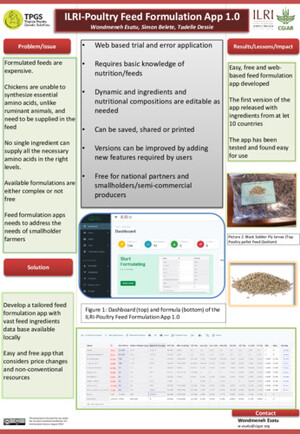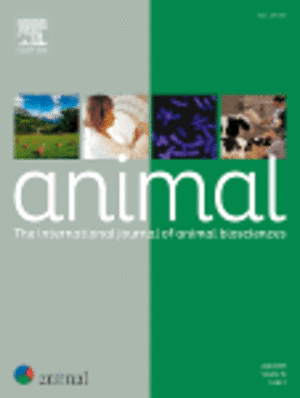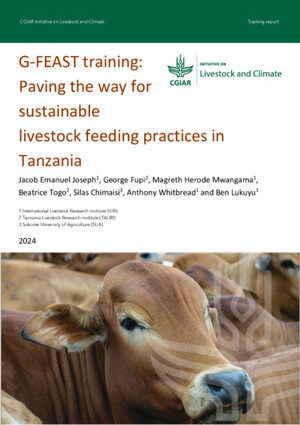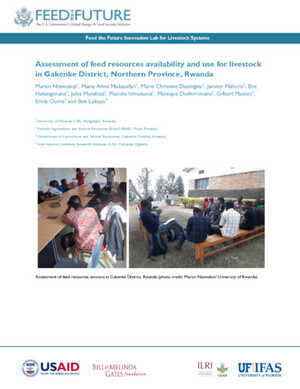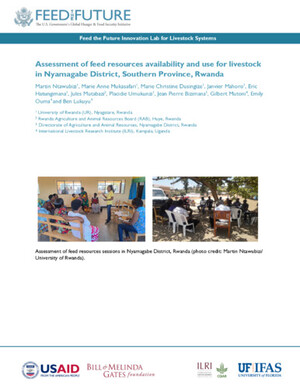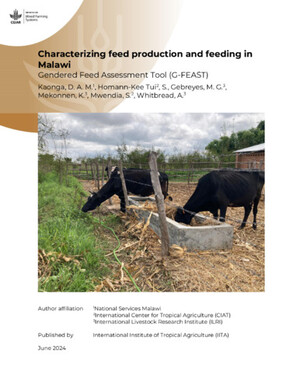
Multimodel evaluation of nitrous oxide emissions from anintensively managed grassland
Abstract
Process‐based models are useful for assessing the impact of changing management practices and climate on yields and greenhouse gas (GHG) emissions from agricultural systems such as grasslands. They can be used to construct national GHG inventories using a Tier 3 approach. However, accurate simulations of nitrous oxide (N2O) fluxes remain challenging. Models are limited by our understanding of soil‐plant‐microbe interactions and the impact of uncertainty in measured input parameters on simulated outputs. To improve model performance, thorough evaluations against in situ measurements are needed. Experimental data of N2O emissions under two management practices (control with typical fertilization versus increased clover and no fertilization) were acquired in a Swiss field experiment. We conducted a multimodel evaluation with three commonly used biogeochemical models (DayCent in two variants, PaSim, APSIM in two variants) comparing four years of data. DayCent was the most accurate model for simulating N2O fluxes on annual timescales, while APSIM was most accurate for daily N2O fluxes. The multimodel ensemble average reduced the error in estimated annual fluxes by 41% compared to an estimate using the Intergovernmental Panel on Climate Change (IPCC)‐derived method for the Swiss agricultural GHG inventory (IPCC‐Swiss), but individual models were not systematically more accurate than IPCC‐Swiss. The model ensemble overestimated the N2O mitigation effect of the clover‐based treatment (measured: 39–45%; ensemble: 52–57%) but was more accurate than IPCC‐Swiss (IPCC‐Swiss: 72–81%). These results suggest that multimodel ensembles are valuable for estimating the impact of climate and management on N2O emissions.
Citation
Fuchs, K., Merbold, L., Buchmann, N., Bretscher, D., Brilli, L., Fitton, N., Topp, C.F.E., Klumpp, K., Lieffering, M., Martin, R., Newton, P.C.D., Rees, R.M., Rolinski, S., Smith, P. and Snow, V. 2020. Multimodel evaluation of nitrous oxide emissions from anintensively managed grassland. Journal of Geophysical Research: Biogeosciences 125(1): e2019JG005261.





